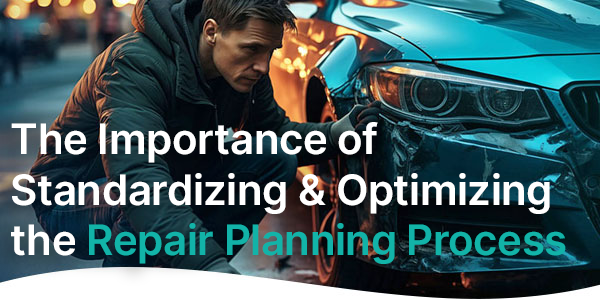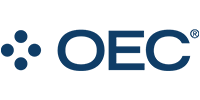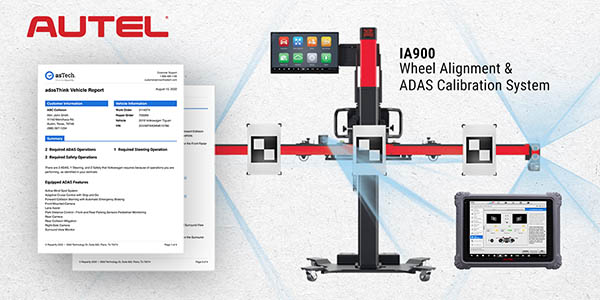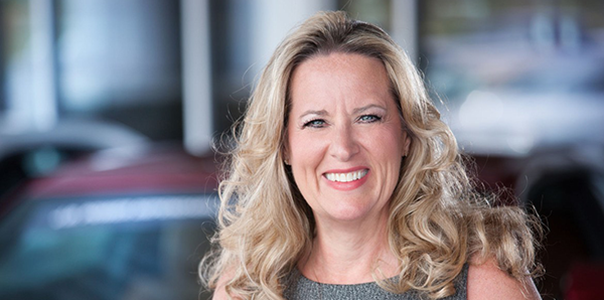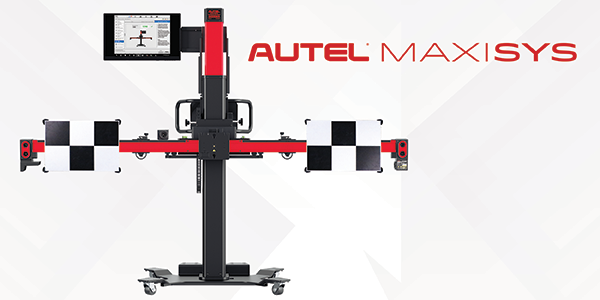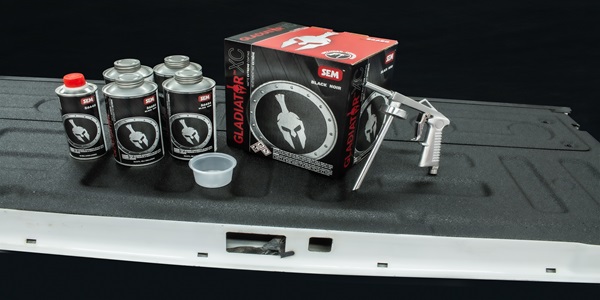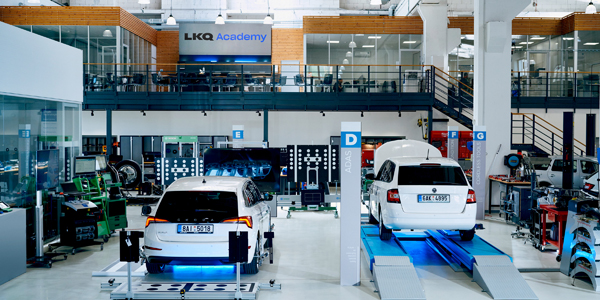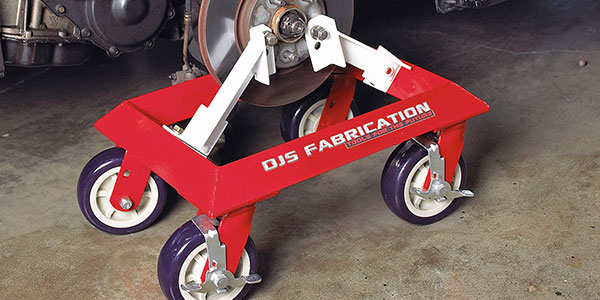With the continuous advancement of vehicle technology, standardizing and optimizing your repair planning process is key to staying competitive. The complexity of modern vehicles demands a higher level of expertise, making it crucial to have a structured approach to repair planning.
Current practices often lead to inefficiencies and increased supplements, resulting in wasted time and lost productivity. This not only affects your bottom line, but also impacts customer satisfaction.
Implementing a standardized repair planning process allows your facility to adapt to new vehicle technology more easily, promoting consistent, efficient, and quality repairs. By breaking down the repair planning process into structured steps, you can enhance operational efficiency and employee productivity.
Your step-by-step process should look something like this:
- Active customer check-in: walk the customer around the vehicle, identifying pre-existing damage and setting clear expectations for the repair process.
- Pre-disassembly: an important step for preparing the vehicle for repair, this includes washing the vehicle thoroughly and performing a pre-diagnostic inspection to map and document all damage.
- Disassembly: every part requiring removal or repair should be addressed. This stage requires a methodical and consistent approach to ensure no part is overlooked.
- Estimate accuracy audit: thorough documentation and verification of labor operations and parts are essential for writing a comprehensive estimate and are vital for preventing profit loss.
- Collaboration among all stakeholders: including technicians, estimators, parts suppliers, and insurers, is crucial for creating a comprehensive repair plan.
- Submission for review & approval: clear communication with customers and insurers is key during this stage.
- Parts procurement: electronic parts ordering streamlines the process and improves efficiency, reducing cycle time and limiting errors.
- Dispatching: choosing the right technician for the job is essential for optimizing efficiency and delivering quality repairs.
- In-process and final quality control checks: ensure that the repair meets quality standards before the vehicle is returned to the customer.
Standardizing and optimizing your repair planning process gives you a competitive edge, enhancing repair quality, optimizing estimatics, and prioritizing workplace safety.
Download the complete white paper for more detailed information on how to standardize & optimize a repair planning process at your collision facility.
Sponsored by OEC.

